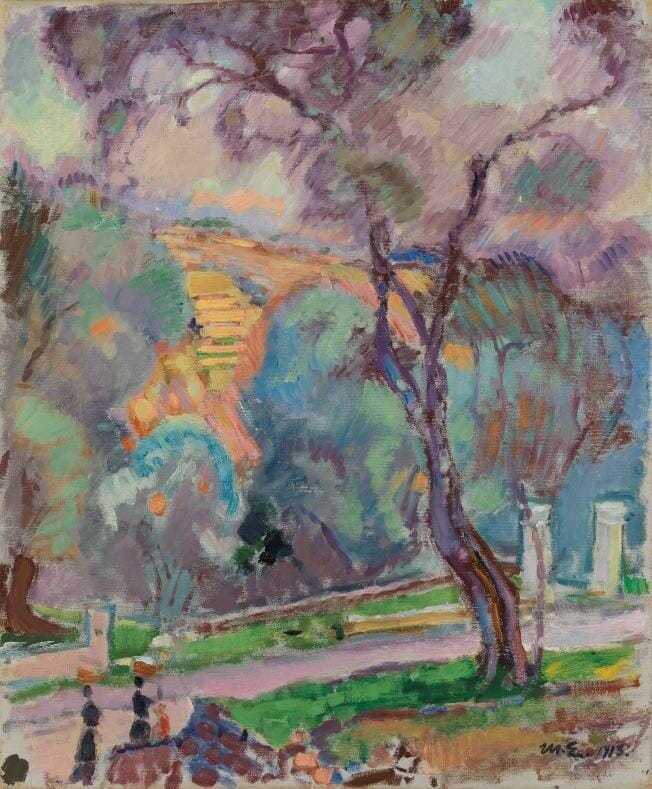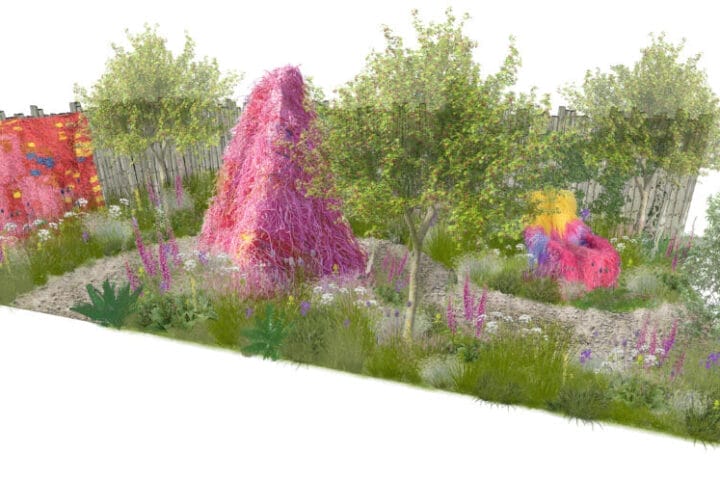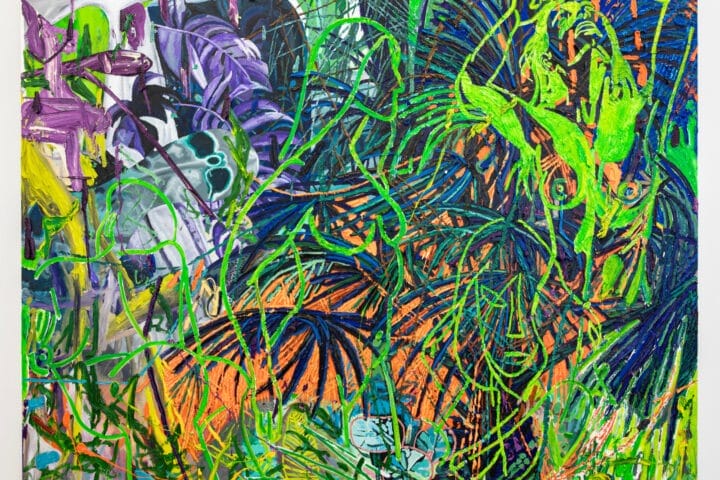Colour & Light – The Legacy of Impressionism is a major new exhibition at Ateneum Art Museum which explores the profound influence of Impressionism on Finnish art. Spanning the years 1860 to 1916, the exhibition features masterpieces by renowned artists such as Edgar Degas, Claude Monet, Camille Pissarro, Auguste Renoir and Paul Signac. These iconic works vividly illustrate the transformative impact of leading Impressionist and Neo-Impressionist figures on artists who went on to shape Finnish Colourism such as Magnus Enckell, Alfred William Finch, Ellen Thesleff and Tyko Sallinen. The story of this vibrant interplay will include almost 150 paintings, drawings, prints and sculptures, revealing a lesser-known period in the country’s art history.
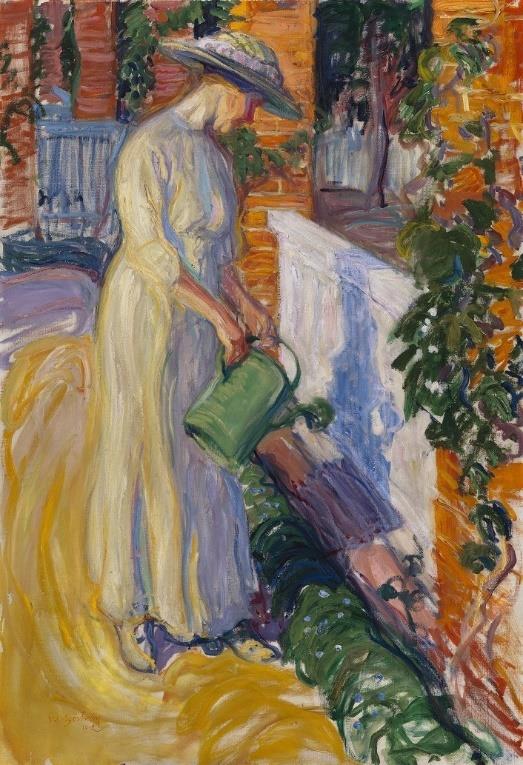
As Paris rose to prominence as a modern artistic hub in the 1860s, Colour & Light charts how Finnish artists flocked to the French capital and first encountered Impressionism at the turn of the century. This discovery ultimately came to influence and reshape the art of Finland in the 1910s, as Impressionism spread throughout the country, infusing new stylistic forms and subjects into its canvases. This chapter in Finnish art history remains significant but largely unexplored, as Impressionist exhibitions have been rare in the Scandinavian and Nordic regions.
Colour & Light reflects on Ateneum’s own pivotal role in Finland’s shift towards Impressionism, after the museum hosted an exhibition of Franco-Belgian Impressionist and Neo-Impressionist art in 1904. Arranged by Magnus Enckell and Alfred William Finch – instrumental figures during this period – the exhibition marked the onset of a joyful new phase known as Finnish Colourism. Between 1906 and 1916, artists began to embrace brighter palettes, such as Ellen Thesleff’s luminescent paintings of lakes and trees, Pekka Halonen’s ethereal winter landscapes and Finch’s Pointillist depictions of Finnish nature, which demonstrate the influence of French artists like Georges Seurat.
This stylistic shift also led to new subject matter, as artists began to focus on the comforts and freedoms of middle-class life. The exhibition is organised around these different types of scenes, with rooms themed around depictions of urban life, parks and sunbathing, among others. Male nudes and bathers by Magnus Enckell and Verner Thomé reflect the liberal character of this new artistic phase, while Enckell’s paintings of theatre crowds and markets capture the dynamic nature of the Impressionist movement.
The exhibition will also feature artists from other groups and movements that emerged from Finnish Colourism. These include the Septem Group – the first group formed by Finnish artists, which included Thesleff, Enckell and Thomé – who continued to push the possibilities of colour, often echoing the Fauvist palette of Matisse; and the November Group, which included founding member Tyko Sallinen, whose nude figures marked a move towards more expressionistic styles.
A celebration of colour, light and the radical nature of Impressionism as a reformative art movement, this exhibition offers a rare look at its impact and legacy on modern Colourist art in Finland in the 1910s. Over a century later, it reflects on the interconnected history of the Impressionist movement and the various international exchanges that link these artists together.
Colour & Light – The Legacy of Impressionism is curated by Marja Sakari (Museum Director) and Anna-Maria von Bonsdorff (Chief Curator), with involvement from world-leading Impressionism expert Professor Anthea Callen. It will showcase loans from Musée D’Orsay, the Clark Art Institute, and Ateneum’s own collection.
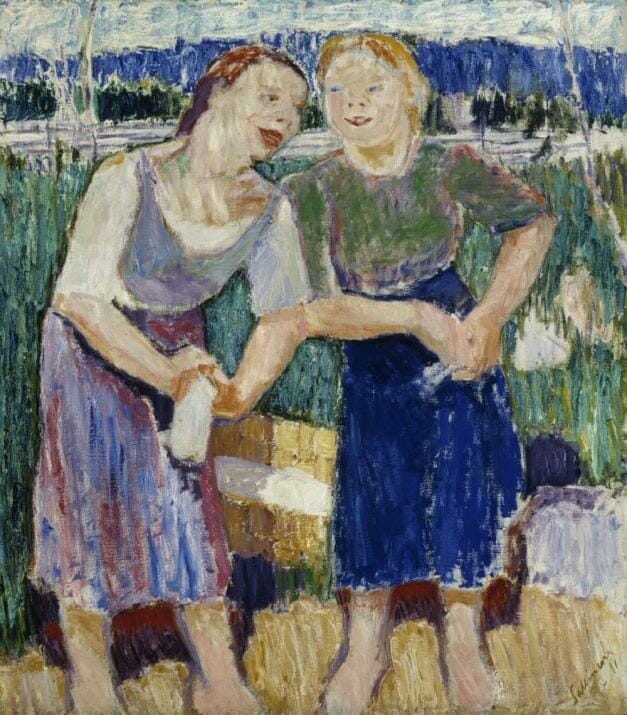
The exhibition will also feature artists from other groups and movements that emerged from Finnish Colourism. These include the Septem Group – the first group formed by Finnish artists, which included Thesleff, Enckell and Thomé – who continued to push the possibilities of colour, often echoing the Fauvist palette of Matisse; and the November Group, which included founding member Tyko Sallinen, whose nude figures marked a move towards more expressionistic styles.
A celebration of colour, light and the radical nature of Impressionism as a reformative art movement, this exhibition offers a rare look at its impact and legacy on modern Colourist art in Finland in the 1910s. Over a century later, it reflects on the interconnected history of the Impressionist movement and the various international exchanges that link these artists together.
Colour & Light – The Legacy of Impressionism is curated by Marja Sakari (Museum Director) and Anna-Maria von Bonsdorff (Chief Curator), with involvement from world-leading Impressionism expert Professor Anthea Callen. It will showcase loans from Musée D’Orsay, the Clark Art Institute, and Ateneum’s own collection.
